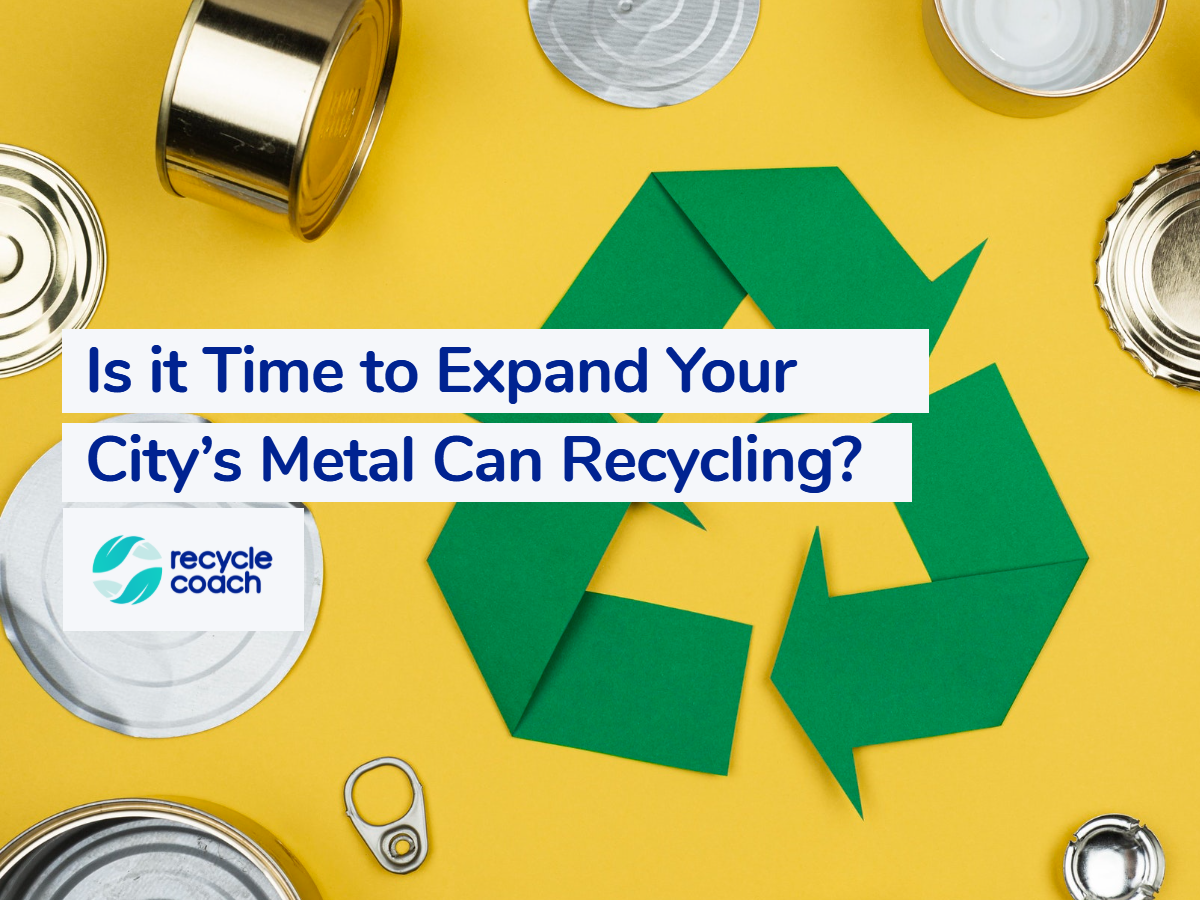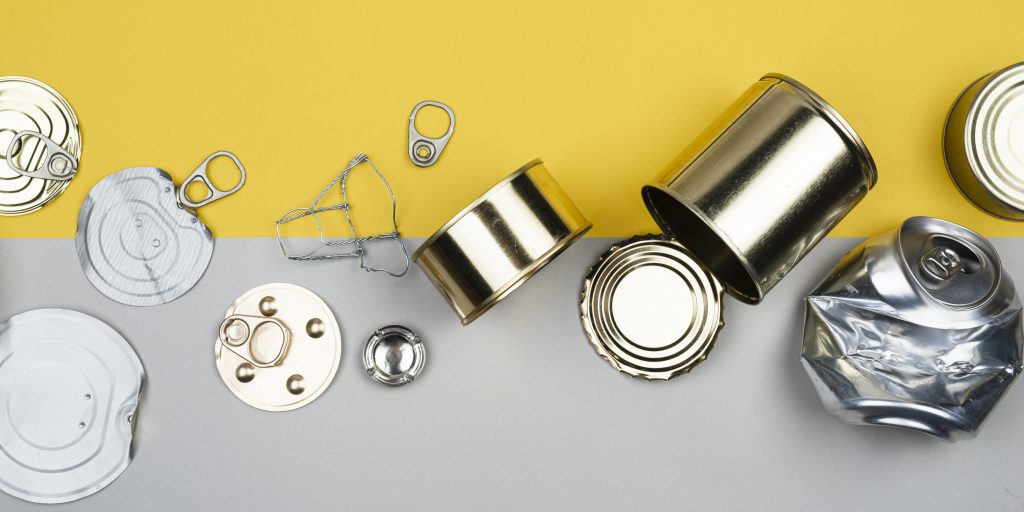Is it Time to Expand Your City’s Metal Can Recycling?

Metal can recycling is the bread and butter of every city’s recycling program. Today we look at the advances in tin can recycling, and whether your municipality is keeping up with change, or falling behind with one of the easiest materials to recycle.
In 2014, the Aluminum Association reported that the US Industry Recycling Rate was above 65% for the third consecutive year. That was outstanding news for everyone – after all, aluminum cans are the most recyclable material known to us in every way, and we should be recycling more of them.
Then 2019 came around, and the consumer recycling rate for cans dropped to 46.1% from 49.8% in 2018. With an average recycling rate of 50% over the last 20 years, consumers haven’t improved much. For many cities, this is a symptom of a much more serious issue.
Some 50 billion cans end up the landfill every year – that’s $810 million dollars’ worth of metal. It’s time to ask the uncomfortable question: is your city doing enough for metal can recycling?
Recycling Tin Cans: The Story
Aside from the usual benefits of recycling in general, metal cans are special in several ways. Aluminum and steel cans form an elegant closed-loop recycling system that cities have been dreaming about since sustainability became an in-demand practice.

- Cans are infinitely recyclable and can be reused forever. They should never end up in a landfill causing damage to our environment and worsening greenhouse gasses. In 1990 more aluminum was recycled than in 2018, the bulk of that being cans. Technology is advancing, but rates are dropping – what’s gone wrong?
- The act of recycling metal cans saves an enormous amount of time, energy, and natural resources. When your city recycles cans more efficiently, you are actively creating jobs and a safer, cleaner environment for everyone.
- Our landfills are full and overflowing. According to one Solid Waste Environment Excellence Protocol (SWEEP) report, some 2000 local US landfills are reaching capacity. In 1990 there were 6236 active landfills in the US, today we’re down to 1269 says Statista.
Recent Advances in the Field of Can Recycling
Metal can recycling is changing every year – have you kept up with the rate of progress? According to a sustainability report, some metal recyclers are conducting research and development on reducing the average weight of a can dome by 10%.
Can domes are traditionally the heaviest parts of a can and contain the most metal. The aim of this research is to allow for higher resistance to internal pressures than what currently exists, and to reduce the amount of metal used per can. What this means is greater efficiency, and less time to recycle – potentially reducing the already short (60 days) recycling process of cans.

Faster recycling also means increased capacity and potential demand for feedstock. Many large brands like Coca-Cola, Pepsi and Nestle are introducing water in aluminum cans, in an attempt to find greener solutions than plastic bottles.
With big businesses making the shift to cans, the demand for better aluminum recycling practices and technologies will continue to grow. It takes 92% less energy to recycle a can than to create a new one from raw metals. There is a business incentive to switch to closed loop recycling and ditch plastic altogether. Plus, it’s arguably less harmful for the environment (but far from perfect).
City Residents and The Can Recycling Comeback
There is a clear disparity between increasing demand and decreasing supply on the part of city residents. Experts are calling for stronger educational programs to inspire residents to see metal cans as a pure recyclable – not a waste product.
We call metal can recycling a triumph, yet we fail to recycle even 70% of a completely recyclable material. Until your city can offset the cans being sent to the landfill every day, there is a pressing need to increase what the public knows about can recycling, how it works, and why it’s important.

Some 105,784 aluminum cans are recycled every minute in the US. Imagine if that number was 200,000 or more. Steel and tin cans are convincingly better than plastic. If your municipality wants to support this idea, it starts with resident education.
If you’ve been pushing plastic recycling without educating your residents about the benefits of metal – they will continue to buy plastic bottles over cans. Teach your residents to buy aluminum cans and recycle them as a part of everyday life.
This month, challenge yourself to review your current recycling education programs to see if you’ve done enough with metal can recycling. If not – I urge you to expand on it.
Each and every city in the US has the potential to achieve a stronger recycling rate than 50%. Recycling half of a material that is infinitely recyclable means that half is going to waste. Let’s aim to meet the growing demand for can recycling as feedstock to promote a closed loop recycling!